|
Check out Boticca's Designer Spotlight of Night Fox Jewelry below, and click here to visit Night Fox on Boticca. From water’s movements to the moon’s surface, there is an otherworldly quality to Kate Finley’s inspiration. In a way, her jewelry collection was formed years ago, with an astronomy course in which she “held” a projected image of the moon in her hands. “I can’t quite explain the sensation other than that it was a bit surreal and totally magical,” Kate says. Soon after, she embarked on her first-ever journey alone, a solo trip to Kenya. “Knowing that my family could see the moon too was comforting in a way, even if it wasn’t at the same time. It doesn’t matter where you are in the world, how foreign your surroundings, how upside down you might feel, at some point during the day or night you can usually catch a glimpse of the moon.” Using the laborious reticulation process, Kate aims to capture the surface of the moon, as well as the constantly shifting surface of the sea. “I find water soothing to my soul, and I like the interconnectedness that the tidal pulls from the moon creates on earth.” By repeatedly heating and cooling sheets of metal, Kate creates textured jewels as unique as fingerprints.
3 Comments
I've talked in a previous post about how to clean your silver jewelry with a cloth or polish. This time we're going to talk about the lazy way to clean silver. This method is cheap and effective, and is great for doing large quantities of pieces at one time, or for pieces that have difficult to reach areas on them. Plus it's super easy and non-toxic! You will need: One bowl big enough to hold whatever you are cleaning Some tinfoil Baking soda Salt Boiling water And of course, dirty silver jewelry Crumple up a piece of tin foil gently then pull it back apart and line the bottom of your bowl. (You could also just lay your pieces in an aluminum baking pan.) Place your jewelry pieces on the foil and lightly dust with baking soda and salt (start with about 1 tsp of each depending on how much jewelry you have in the bowl). Carefully pour the boiling water into the bowl so that all the jewelry is covered. Almost immediately, the tarnish will begin to disappear. If the silver is only lightly tarnished, all of the tarnish will disappear within several minutes. If the silver is badly tarnished, you may need to reheat the baking soda and water mixture, and give the silver several treatments to remove all of the tarnish. Let the jewelry sit in the dish until all the tarnish is removed and the water has cooled. You may need to turn the jewelry pieces a few times to make contact with the aluminum. Remove pieces from the bowl, rinse in cool water, and dry with a soft cloth. And that's it! So simple. The solution is safe to pour down the drain and you can throw the used foil in the recycling bin. For you science nerds out there, this is what's happening:
When silver tarnishes, it combines with sulfur in the air and forms silver sulfide (Ag2S). This is the dark gook that we see on the surface of the metal. To remove the silver sulfide and restore the original lustrous finish, we can either polish the silver by rubbing, which removes a small portion of silver, or we can reverse the chemical reaction by reducing the silver sulfide back into silver. In the reaction, silver sulfide reacts with the aluminum metal. The aluminum is oxidized to aluminum oxide (Al2O3) and the silver sulfide is reduced back to silver. Hydrogen sulfide is also produced in this reaction. The chemical reaction is listed below. OXIDATION: 2 Al(s) + 6 OH– (aq) –––> Al2O3(s) + 3 H2O (l) + 6 e– REDUCTION: Ag2S(s) + 2 H2O (l) + 2 e– –––> 2 Ag(s) + H2S (aq) + 2 OH– (aq) 3 Ag2S(s) + 2 Al(s) + 3 H2O (l) –––> 6 Ag(s) + 3 H2S (aq) + Al2O3(s) The silver and aluminum must be in contact with each other, because a small electric current flows between them during the reaction. This type of reaction, which involves an electric current, is called an electrochemical reaction. Reactions of this type are used in batteries to produce electricity. How's that for a little throw back to high school chemistry!! Sources: SciFun Website; UMASS Amherst Chemistry Dept. Check out this cool online interactive ring sizing website I just found. It takes all the guesswork out of sizing your rings. Just click on the photo below. If you are planning on ordering a wide band (anything over 1/2"), or stacking multiple thin bands, be sure to order a half size UP from your normal size. This will accommodate for the extra width on your finger and ensure that the bands aren't too tight.
|
Kate Finley
I started to work on this blog but that dog up there distracted me with his antics. Check back soon though--surely he can't keep this up all day. Archives
October 2015
Categories
All
|
Copyright 2024 Night Fox Jewelry
Jewelry photos by Paul C
Jewelry photos by Paul C

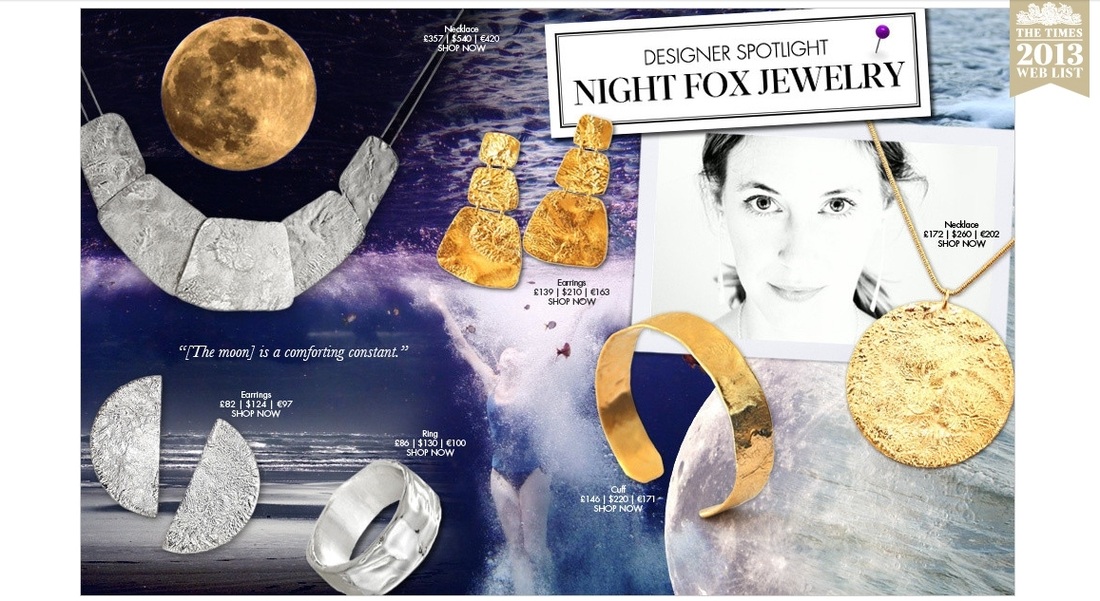
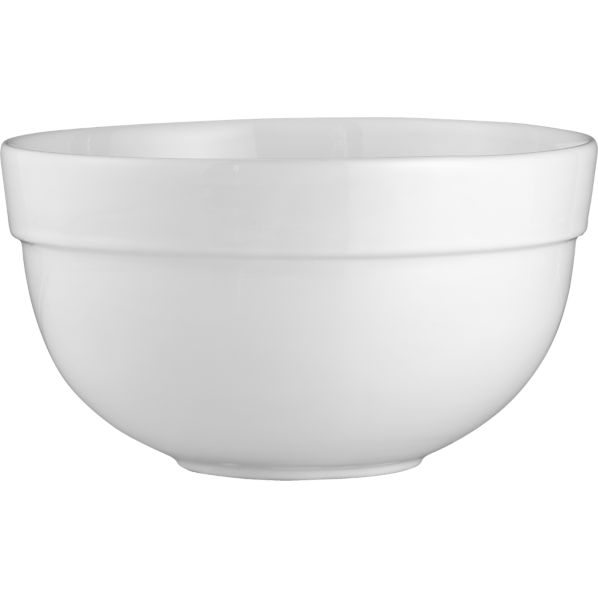
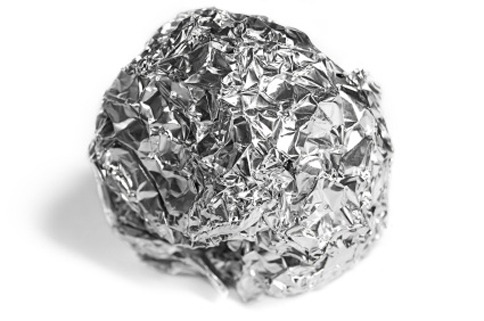

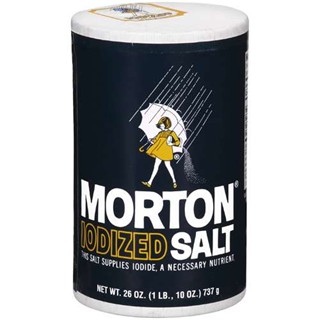

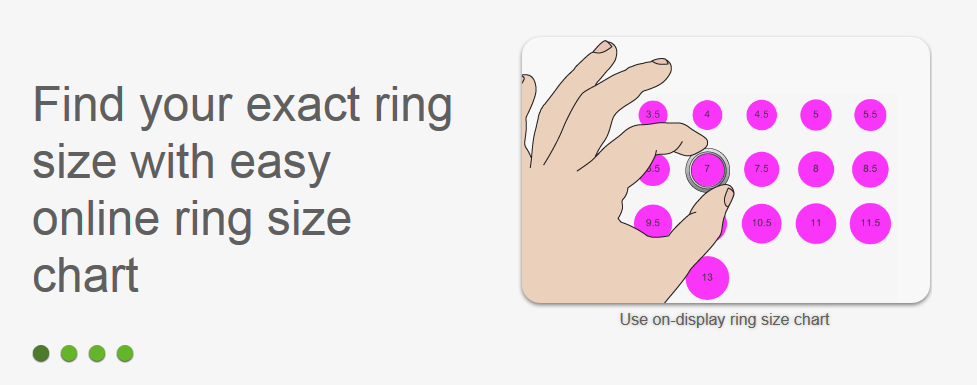
 RSS Feed
RSS Feed